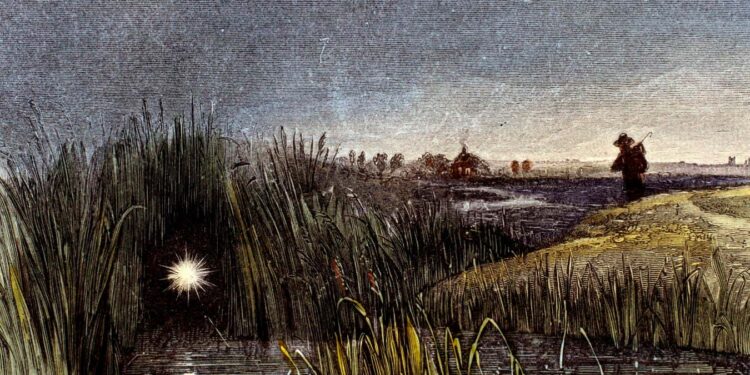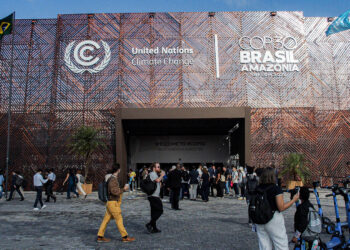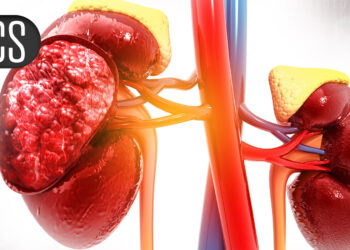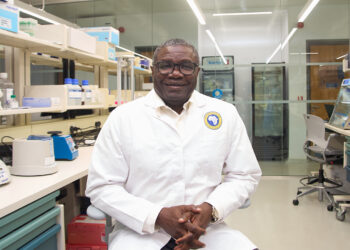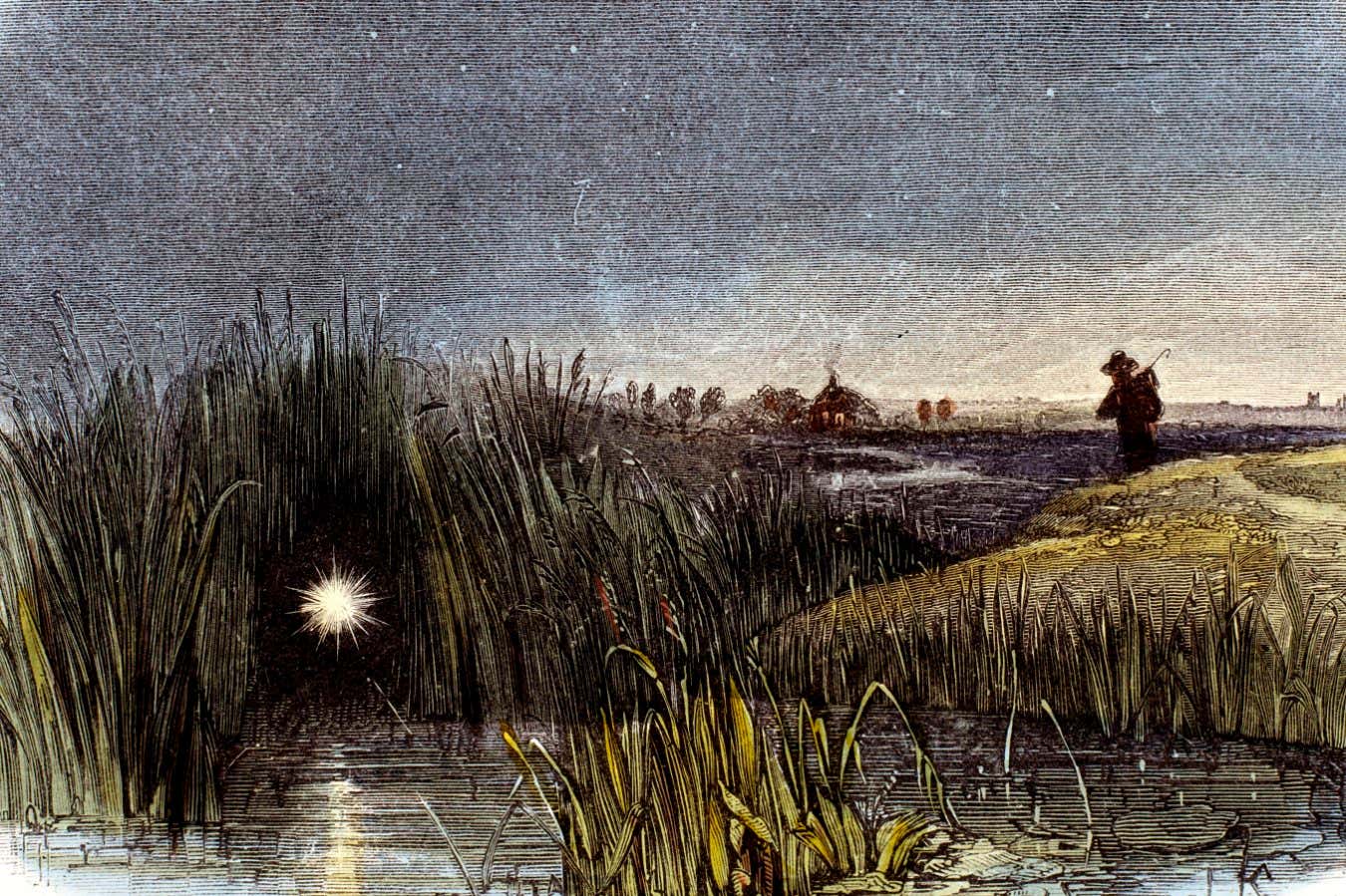
An 1849 engraving depicting a will-o’-the-wisp
SSPL/Getty Images
Bubbles merging in water can spontaneously generate electric sparks powerful enough to ignite methane, which could explain mysterious flashes of light known as will-o’-the-wisps.
In bogs, swamps and marshes, people occasionally see mysterious blue-tinged flashes of light above water, which have commonly been associated with ghosts or spirits. A more likely explanation for these will-o’-the-wisps, or ignis fatuus, is that the flashes come from the combustion of gases, like methane and phosphine, produced by decaying organic matter in the murky water below. But it is unclear what would make the gases ignite, with proposed causes such as static electricity or lightning remaining unproven.
Now, Richard Zare at Stanford University in California and his colleagues have observed spontaneous electric sparks between bubbles of methane and air in water in the laboratory, which they call microlightning. They say such events could easily have enough energy to ignite methane gas.
“We continue to discover things about water that, once you understand them, they’re obvious, but before then, they seem completely bizarre,” says Zare. “No one thinks of water related to fire. They think water puts out fire. They’re not telling you with water, I can get a spark and set something on fire. This is new.”
Zare and his colleagues had already seen water droplets, the size of a grain of salt, building up charge and spontaneously creating sparks, so they thought a similar effect might occur between methane bubbles in water. They used a nozzle to send microbubbles of methane mixed with air through water and observed where the bubbles would collide using a high-speed camera, as well as a photon counter and spectrometer.
As the bubbles rose through the water, they changed shape and accumulated charge. When two bubbles met, the difference in charge between them would cause a spark, producing a flash that Zare and his team recorded with both the camera and photon counter.
They also measured the frequencies of light in the flash, and found they matched the signature of specific compounds that had been chemically excited. This suggests the sparks would be powerful enough to trigger the ignition of a gas like methane.
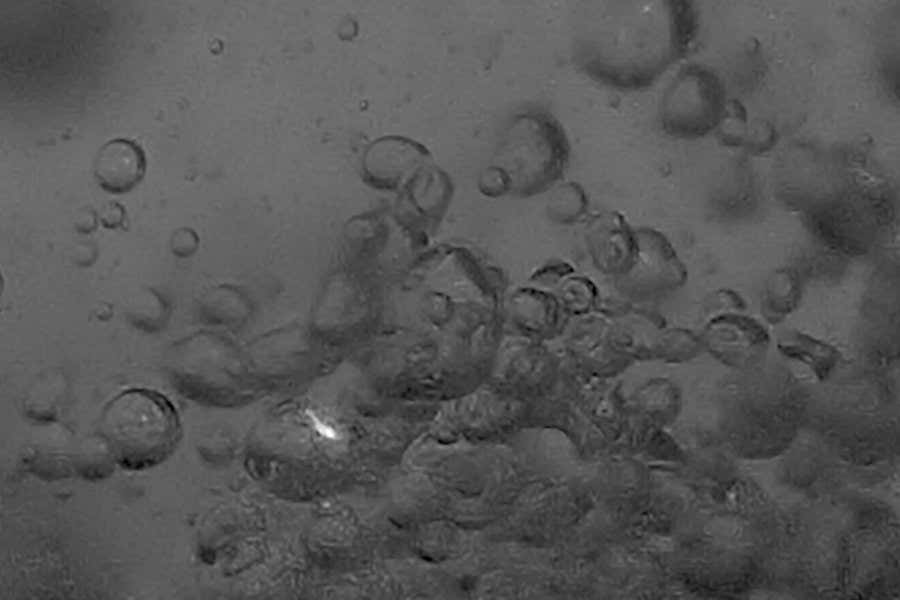
Microlightning between bubbles containing air and methane
Yu Xia
“[The Italian physicist Alessandro] Volta first speculated that it was lightning causing these ignis fatuus, and in some sense he was right, but not for the reasons he thought,” says Zare. “It’s not lightning in the air coming from the sky; it’s really from the droplets.”
“It clearly looks very interesting,” says Detlef Lohse at the University of Twente in the Netherlands. While it isn’t a definitive interpretation of what is causing will-o’-the-wisps, it is a plausible possibility, says Lohse, and the results are likely to spark further investigation.
Topics:
Source link : https://www.newscientist.com/article/2498087-we-may-finally-know-what-causes-will-o-the-wisps/?utm_campaign=RSS%7CNSNS&utm_source=NSNS&utm_medium=RSS&utm_content=home
Author :
Publish date : 2025-09-29 20:00:00
Copyright for syndicated content belongs to the linked Source.

